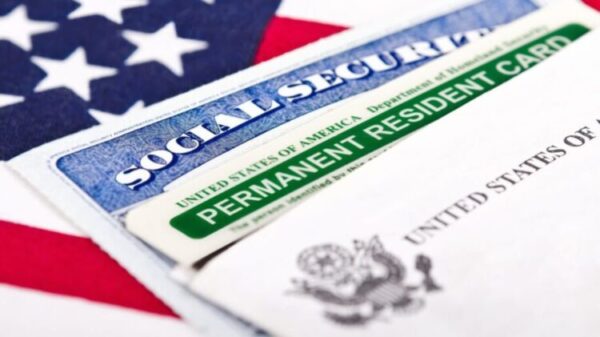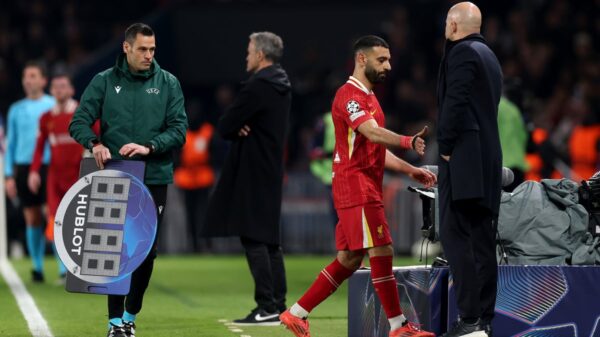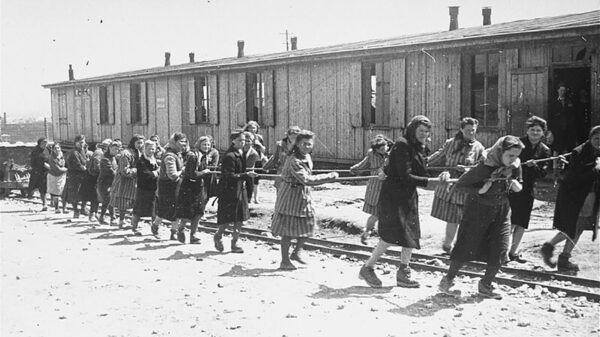Veterinary care costs can vary significantly among clinics, leaving pet owners wondering why some services like spaying, dental work, or even routine checkups carry such different price tags. The disparities are influenced by various factors, including operational models and care standards, rather than just location or facility aesthetics.
Factors Influencing Veterinary Costs
Some clinics manage to provide lower prices by utilizing volunteer labor or receiving donations. These organizations play a crucial role in making essential veterinary care accessible to a larger number of pets. However, lower prices often come with trade-offs that are not always immediately apparent to clients.
For instance, in high-volume, low-cost spay/neuter clinics, surgical procedures may be conducted without advanced monitoring equipment. This equipment typically tracks vital signs such as heart rate, oxygen levels, and breathing during anesthesia. In some cases, staff may not adhere to strict hygiene protocols, such as wearing caps, masks, or gloves throughout procedures. Furthermore, animals might recover in less-than-ideal conditions, like on the floor or in cages that lack temperature control. While these choices help maintain lower costs, they can compromise a pet’s comfort and safety.
The experience of the personnel providing care is another crucial consideration. In certain settings, pets may not even see a licensed veterinarian for some treatments. Instead, non-licensed staff or volunteers, who may lack the formal training of a veterinarian or veterinary technician, could handle essential tasks. While these individuals often demonstrate dedication and compassion, the level of expertise may not be comparable to that of licensed professionals.
The Importance of Follow-Up Care
The differences in care extend beyond the immediate service. For example, a recent case involved a dental cleaning for an older dog, where concerns arose the following day when the owner reported the dog exhibiting reverse sneezing, a benign but unusual behavior. The clinic offered a complimentary recheck, providing reassurance and clarification to the owner. Such follow-up care is often part of the service at many full-service clinics and contributes to the overall value of the care provided.
More grave consequences can arise from the lack of comprehensive care. A concerning incident involved a German Shepherd in an emergency room, brought in with over two feet of intestine protruding after a spay procedure performed at a low-cost clinic. In many independent or corporate veterinary practices, malpractice insurance would cover the expenses of corrective surgery for such complications. Unfortunately, in this case, the low-cost clinic either lacked insurance or chose not to utilize it, leaving the family unable to afford the necessary surgery. Tragically, this led to the decision to euthanize the dog—a heartbreaking outcome that highlights the importance of understanding the implications of cost-cutting measures in veterinary care.
While low-cost clinics and nonprofit organizations are essential for animal welfare, particularly for families who may not afford care otherwise, pet owners must be aware of the potential limitations of these options. Understanding what is included—and what may not be—in various veterinary services is crucial when making decisions about your pet’s healthcare.
Ultimately, the best choice for your pet hinges on individual priorities and specific needs. If there is any uncertainty, it is advisable to engage with your veterinary team regarding protocols, the qualifications of those providing care, and safety measures in place. Gaining clarity can significantly aid in making informed decisions for your beloved animal companion.
Dr. MJ Wixsom, a best-selling Amazon author, practices at Guardian Animal Medical Center in Flatwoods, Kentucky. For more information, visit GuardianAnimal.com or call 606-928-6566.






































































